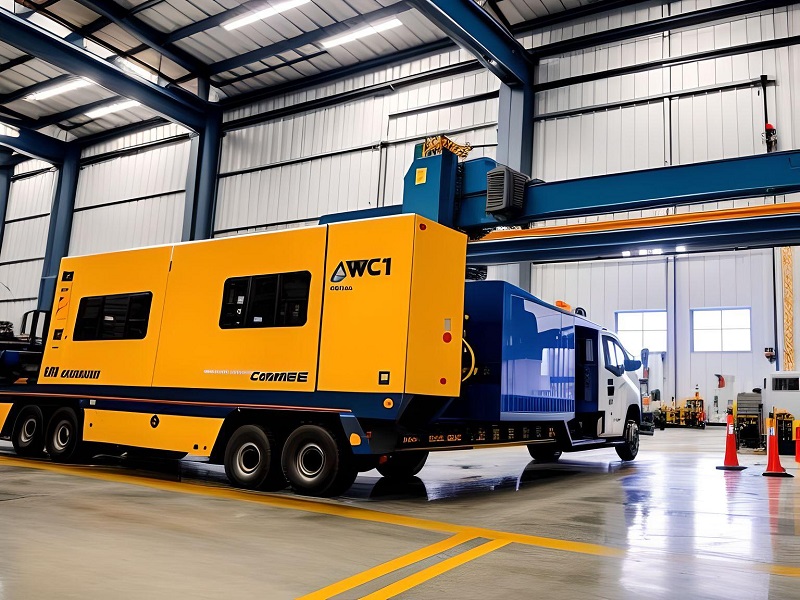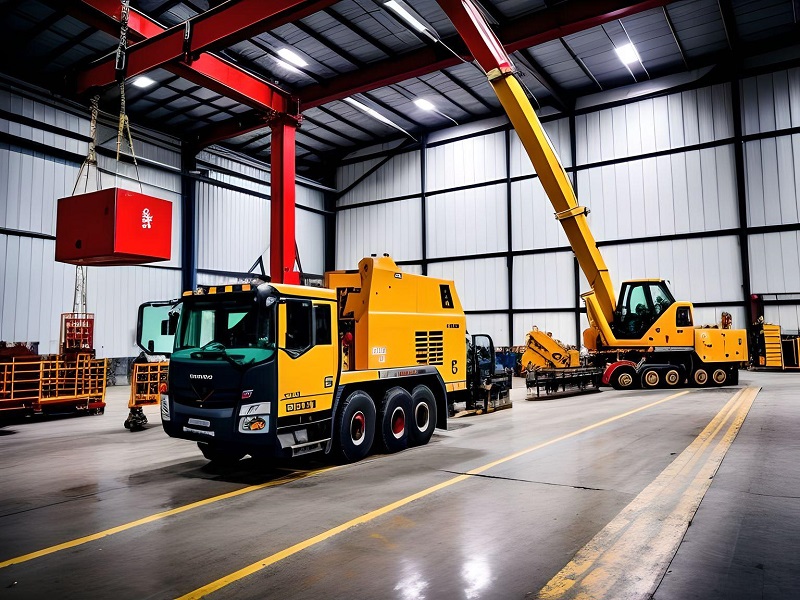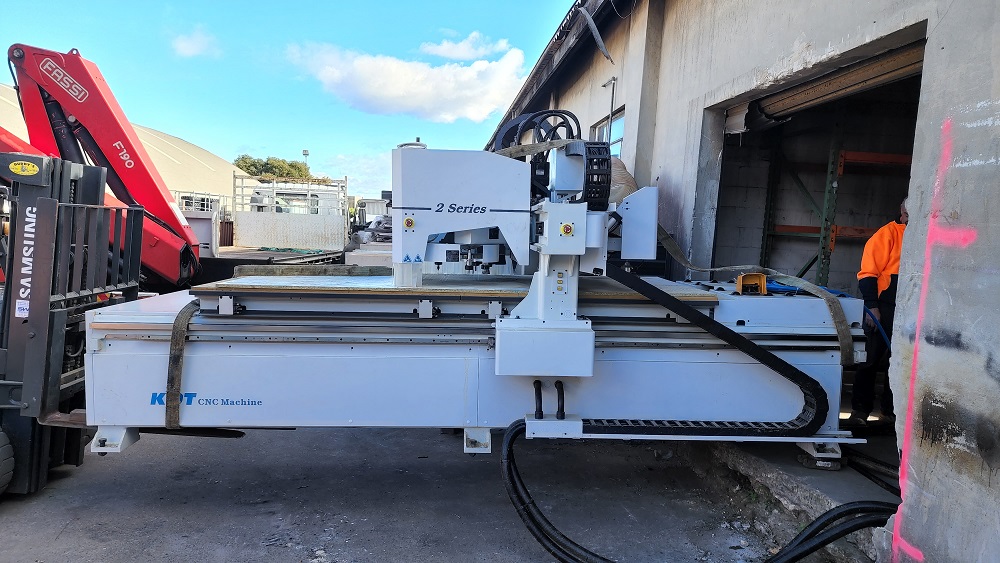Precision in Transition
In today’s fast-paced industrial landscape, the need for flexibility and adaptability is paramount. CNC (Computer Numerical Control) machinery plays a pivotal role in modern manufacturing, offering unparalleled precision and efficiency. However, the decision to relocate these intricate machines is not one to be taken lightly. CNC machinery relocation is a complex process that requires careful planning, skilled professionals, and a deep understanding of the intricacies involved. In this article, we will delve into the world of CNC machinery relocation, exploring the key considerations, best practices, and the importance of entrusting this task to experts.


The Importance of CNC Machinery Relocation
CNC machines are the backbone of many manufacturing operations, from aerospace to automotive, and even small-scale machining shops. These machines are meticulously calibrated to perform tasks with micron-level precision, and any disturbance in their configuration can have far-reaching consequences, including costly downtime, reduced product quality, and safety risks.
Relocation becomes necessary for various reasons:
- Facility Expansion or Relocation: Companies often outgrow their existing facilities or choose to consolidate their operations in a new location. When this happens, CNC machines must be relocated to ensure seamless production continuity.
- Machine Upgrades: To stay competitive and maintain cutting-edge capabilities, manufacturers may decide to upgrade their CNC machinery. This can involve moving older machines to make room for newer models.
- Market Demand: Shifting market demands may require companies to relocate production lines to different regions or countries to reduce costs or improve market access.

Key Considerations for CNC Machinery Relocation
1. Detailed Planning
The success of CNC machinery relocation hinges on meticulous planning. This includes:
- Site Assessment: A thorough evaluation of the new location to ensure it meets all necessary requirements, such as power supply, floor load capacity, and environmental conditions.
- Inventory and Documentation: Create a detailed inventory of all CNC machines to be moved, including specifications, dimensions, and current configurations. Proper documentation is essential for reinstallation.
- Transportation Logistics: Plan the logistics of moving heavy CNC machinery, considering transportation methods, routes, and any necessary permits.
2. Machine Preparations
Before the actual relocation, the CNC machines must be prepared to ensure their safe transit:
- Cleaning and Maintenance: Clean and perform necessary maintenance on the machines to ensure they are in optimal working condition.
- Dismantling and Labeling: Disassemble the machines into manageable components, carefully labeling each part for reassembly. Document all connections and wiring.
- Secure Transportation: Machines should be securely packed and protected to prevent damage during transit. Specialized crating or packaging may be required.
3. Skilled Professionals
Relocating CNC machinery is not a DIY project. It requires a team of skilled professionals who are well-versed in the intricacies of CNC technology. Experts should oversee the dismantling, transport, and reinstallation processes to maintain precision and functionality.
4. Calibration and Testing
Upon arrival at the new location, CNC machines must undergo calibration and testing. This ensures that they meet the same precision and performance standards as before the relocation. This step is critical for maintaining product quality and production efficiency.
5. Safety First
Safety should always be a top priority during CNC machinery relocation. Proper safety measures should be in place, and all personnel involved should be trained to handle the equipment and potential hazards effectively.
The Role of Professional CNC Machinery Relocation Services
Given the complexity and critical nature of CNC machinery relocation, many companies opt to enlist the services of professional CNC relocation specialists. These experts bring a wealth of experience, specialized equipment, and industry knowledge to ensure a smooth transition. They can handle every aspect of the relocation process, from planning and dismantling to transportation, reinstallation, and testing. This allows manufacturers to focus on their core operations and minimize downtime.

Conclusion
CNC machinery relocation is a high-stakes endeavor that demands careful planning, attention to detail, and the expertise of professionals who understand the intricacies of CNC technology. When executed correctly, it can lead to a seamless transition, allowing manufacturers to continue delivering high-quality products with precision and efficiency. In an ever-evolving manufacturing landscape, the ability to adapt and relocate CNC machinery effectively is a crucial element of staying competitive and agile in the global market.
